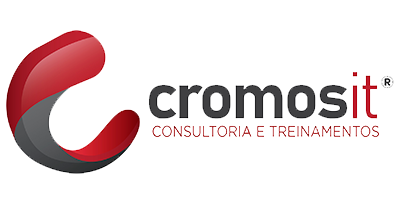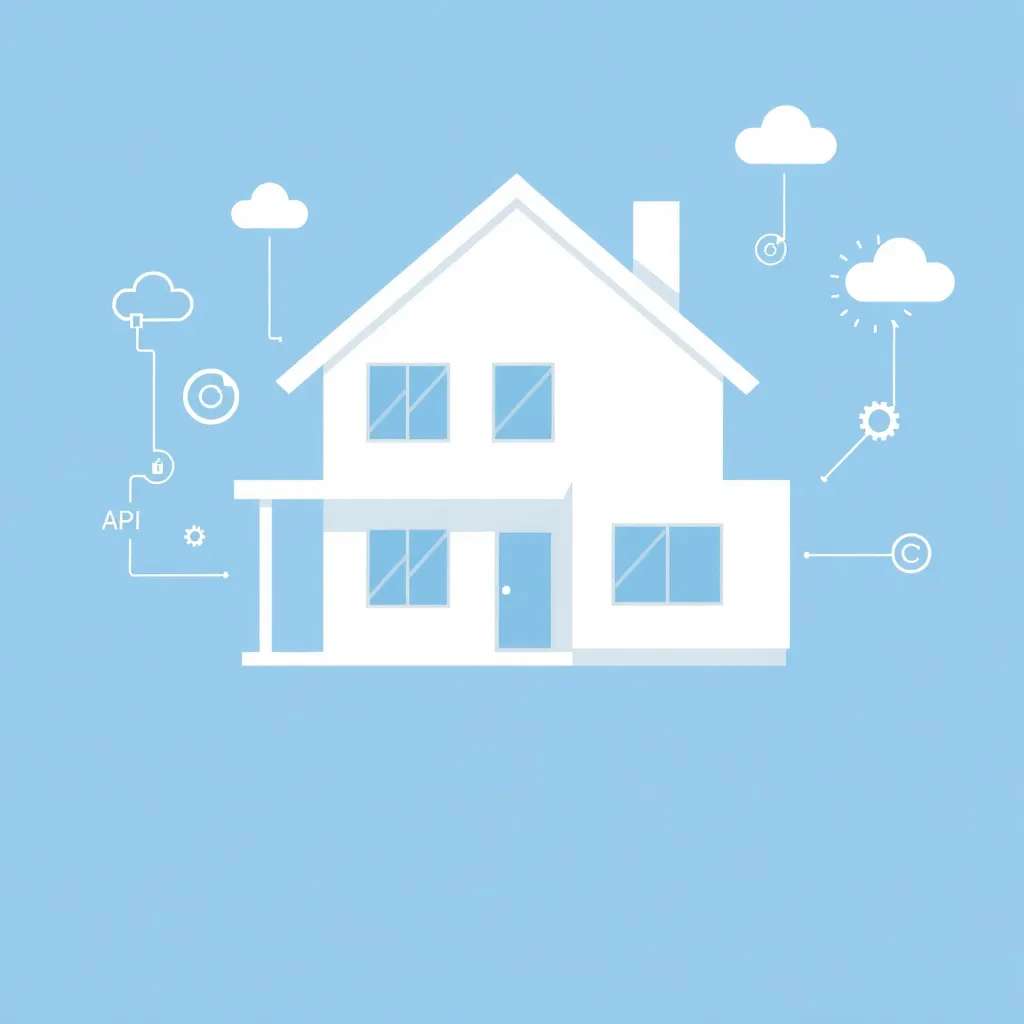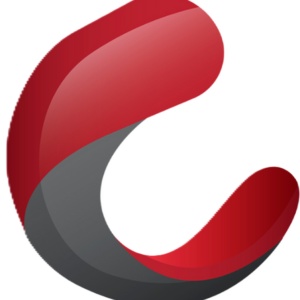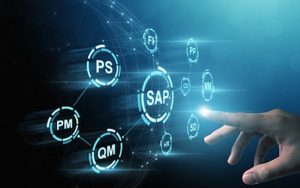SAP Clean Core: What It Is and How to Apply It
A straightforward explanation of the Clean Core concept, its practical application, and real benefits for your SAP system
What is SAP Clean Core: Demystifying the Concept
Have you seen people talking about Clean Core like it's the latest technological revolution?
There are folks out there presenting SAP Clean Core as a complex technological revolution filled with technical jargon. In reality, it's a rather simple concept: keep your SAP system as close as possible to the standard version and avoid making direct modifications to the original code. Instead of altering SAP's base code, your company's specific functionalities are created as separate extensions.
Think of your SAP system as a house. Clean Core suggests that you keep the original structure of the house intact, and when you need something customized, build an extension on the side instead of tearing down internal walls. This makes future renovations (updates) and maintenance easier, without compromising the main structure.
"Clean Core isn't a revolutionary technology, but a basic principle of good management: separating what belongs to SAP from what belongs to your company. In a world where changes happen increasingly quickly, how can you make deep system changes to adopt innovations if it becomes an absurdly complex task of reviewing and reassessing dozens of implementations?"
Why Adopt Clean Core: Practical Benefits
Easier and Faster Updates
When you keep SAP without modifications, updates become simpler, with fewer risks of bugs and less downtime.
Easier Access to SAP Innovations
A standard SAP system allows you to quickly adopt modern features like SAP Analytics Cloud, artificial intelligence, and advanced automation without the complexity of custom adaptations.
Lower Maintenance Costs
Fewer adaptations means fewer consulting hours to keep the system running after updates, generating real savings for your company.
Organized Extensions with SAP BTP
The SAP BTP (Business Technology Platform) offers low-code and no-code tools to create extensions without cluttering the original code, simplifying development and maintenance.
Clean Core in Practice: How It Works
Separating SAP Components from Your Company-Specific Elements
In practice, adopting Clean Core means identifying which customizations really need to exist. For many needs, SAP already offers native configurations that you might not be aware of. For specific cases, instead of directly modifying SAP code, you create separate extensions using the appropriate tools.
SAP offers the SAP BTP platform that facilitates the creation of these extensions. SAP S/4HANA was designed to be integrated and extensible. BTP provides modern resources such as low-code/no-code development, advanced analytics, artificial intelligence, and various integration tools that make extension development much more accessible and efficient.
Clean Core doesn't mean giving up custom functionality. It just means implementing it in a more organized way that won't complicate your life when you need to update the system in the future and that allows you to better leverage all the innovations that SAP constantly offers to its customers.
Traditional Approach
- Directly modify SAP code
- Complex customizations difficult to track
- Lengthy and expensive updates
- High dependence on specific programmers
- Isolated system, difficult to integrate
- Outdated user interface
Clean Core Approach (S/4HANA)
- Keep SAP standard, use separate extensions
- Customize via BTP and APIs (standard connections)
- Faster and more predictable updates
- Simplified development (low-code/no-code)
- Native integration with modern solutions
- Modern and responsive interface (Fiori)
Advantages of Clean Core: For Users and SAP
Quick Access to SAP Innovations
Your company can use new features like machine learning and SAP Analytics Cloud as soon as they're released, without requiring major adaptations.
Efficient Business Processes
Standardized systems facilitate the implementation of intelligent automations and optimized processes based on global best practices.
Always Updated System
Your SAP evolves continuously without accumulating technical problems, staying current with the latest available technologies.
Enhanced Security
Standardized systems allow security patches to be applied more quickly, protecting business data against current threats.
Simplified Integration
The modern format of S/4HANA with native APIs facilitates connections with third-party solutions, cloud, and mobile applications.
Modern User Experience
Simplified access to SAP Fiori interfaces and the ability to customize the experience without altering the core system code.
Clean Core and Evolution to Cloud Systems
Leaving Behind SAP as an "Isolated Box"
Clean Core is directly related to the digital transformation promoted by SAP. Gone are the days when ECC was a closed system with an outdated interface and difficult integration. When you keep your SAP system closer to the standard, you better leverage the transition from the traditional on-premise model to modern cloud solutions.
For today's SAP users, this means less worry about infrastructure, automatic updates, and access to advanced technologies such as artificial intelligence, machine learning, real-time analytics, and intuitive user experiences via SAP Fiori. S/4HANA and BTP offer a complete platform where your specific needs are met without losing access to constant innovations.
In practice, having a standardized SAP system facilitates both current operations and the adoption of emerging technologies that SAP makes available, giving your company more flexibility to adapt to modern market needs without being stuck with obsolete customizations.
How to Implement SAP Clean Core: A Modern Practical Approach
A Practical Guide to Modernize Your SAP System
Adopting SAP Clean Core can be done in practical steps, leveraging modern technologies:
- Conduct an assessment with analysis tools: Identify all existing customizations using solutions like SAP Readiness Check and code analysis tools.
- Classify based on modern practices: Divide into three groups: what can use S/4HANA standard functionality, what is truly essential, and what can be implemented with modern extensions.
- Create a digital transformation plan: Define priorities for migrating customizations, considering the journey to SAP S/4HANA Cloud and SAP BTP.
- Implement extensions using modern technologies: Use SAP BTP tools such as low-code development, RESTful APIs, and microservices to create extensions without modifying the base code.
- Test with agile methodologies: Verify that new implementations meet business needs using automated testing tools and a DevOps approach.
- Empower teams with new skills: Train your team on SAP Cloud Platform, modern development, and APIs so everyone understands the new paradigm.
SAP and its partners offer modern tools such as SAP Cloud ALM (Application Lifecycle Management) to manage this entire process and facilitate the transition. Remember that the change can be gradual, allowing for a controlled journey to Clean Core.
SAP Technologies for Modern Extensions
- SAP Extension Suite for innovative applications
- SAP Integration Suite for enterprise integrations
- SAP Fiori Elements for responsive interfaces
- ABAP RESTful Application Programming Model
- SAP Cloud Application Programming Model
- SAP Business Application Studio
Practical Tips for Digital Transformation
- Start with specific strategic projects
- Use official SAP APIs for robust integrations
- Adopt DevOps practices for extension lifecycle
- Automate regression and integration testing
- Create a center of excellence for Clean Core
- Leverage cloud services for scalable extensions
Frequently Asked Questions about SAP Clean Core
No. The recommended approach is gradual. Start by evaluating your current customizations, identify the most problematic ones (those that cause more trouble during updates), and create a plan to migrate gradually, according to your business priorities and SAP S/4HANA update cycles. A well-planned transformation strategy is more important than a rushed implementation.
Clean Core doesn't mean abandoning specific processes, but implementing them differently. SAP offers various tools for this: RESTful APIs for integrations, SAP Extension Suite for developing complementary applications, In-App Extensibility for customizations within the allowed limit, and low-code/no-code platforms that facilitate creating custom solutions without requiring deep programming knowledge. The goal is to maintain your specific needs, but in an organized way that's compatible with the platform's future.
Costs vary according to the complexity of your current SAP environment. Consider investments in: analysis of the current system with tools like SAP Readiness Check, redesigning some processes, developing new extensions in SAP BTP, possible additional licenses for cloud services, and team training in modern technologies. In the long run, there are significant savings in maintenance and update costs, plus the added value of being able to use advanced analytics, artificial intelligence, and other SAP innovations without technical impediments.
There will be an evolution in the necessary skills. Beyond traditional ABAP knowledge, your team will need to become familiar with cloud-native development, RESTful APIs, microservices, and possibly languages like JavaScript, Node.js, and Python. SAP offers various training resources, including the SAP Learning Hub and certifications in SAP BTP. Many of these skills are highly valued in today's IT market and prepare your team for the future of digital transformation.
S/4HANA was designed with Clean Core principles from the start. Unlike the old ECC, its simplified architecture, based on the HANA in-memory database, and its native integration with SAP Business Technology Platform facilitate the implementation of this approach. Many companies take advantage of the migration to S/4HANA as an opportunity to review customizations and implement them following Clean Core principles, maximizing the benefits of the new platform and preparing the environment for future innovations such as SAP Analytics Cloud, machine learning, and artificial intelligence.
Clean Core allows you to make the most of modern SAP Fiori interfaces, which replace traditional SAP screens with a more intuitive, responsive experience adapted to mobile devices. With clean core code, SAP can continuously deliver usability improvements that immediately become available to your company. Additionally, you can customize and extend these interfaces through SAP BTP without compromising the core, creating specific experiences for your users that remain compatible with future updates.
Yes, but it will be a gradual process. Start by analyzing which customizations cause problems during updates or frequently need maintenance. Prioritize these for migration to the Clean Core model. With each update cycle or SAP digital transformation project, review more customizations and gradually transform your system without major disruptions. Tools like SAP Readiness Check and SAP Custom Code Migration can help identify the most critical areas to start with.





